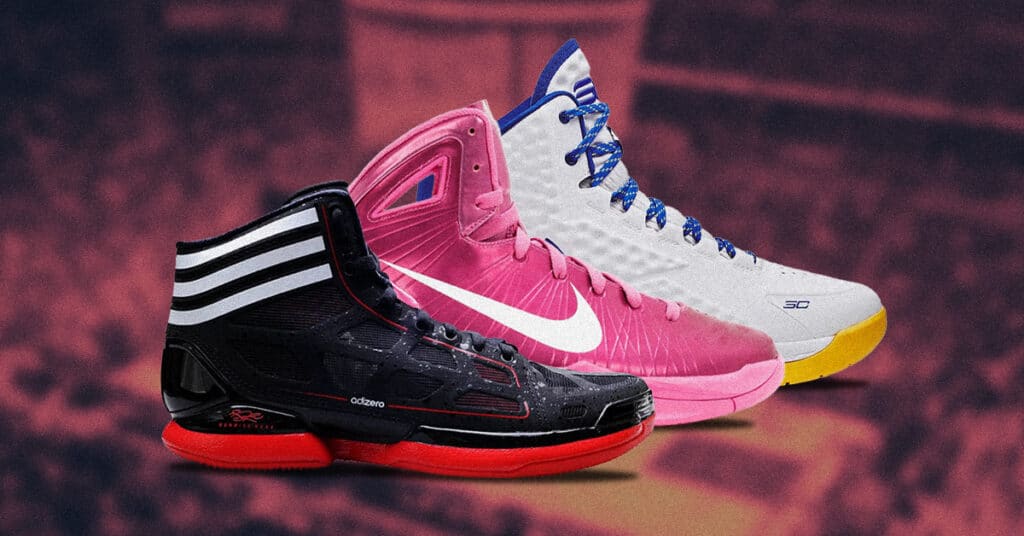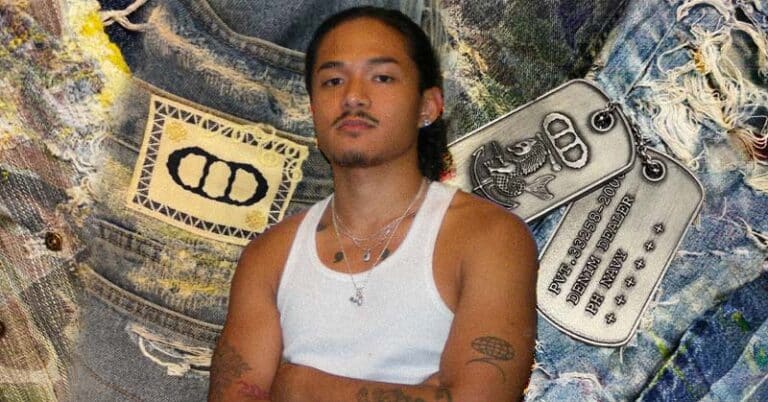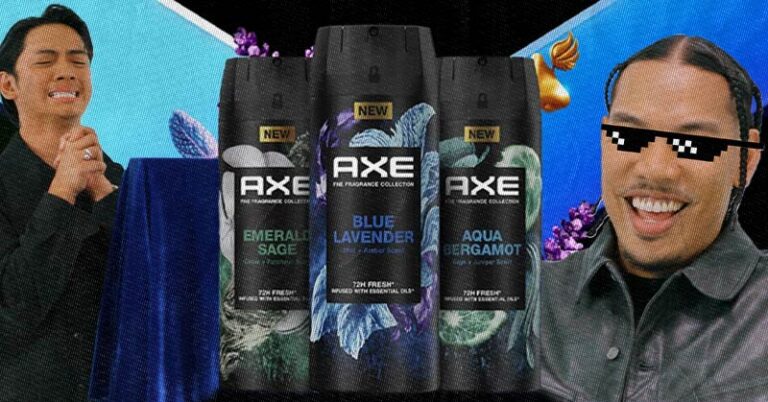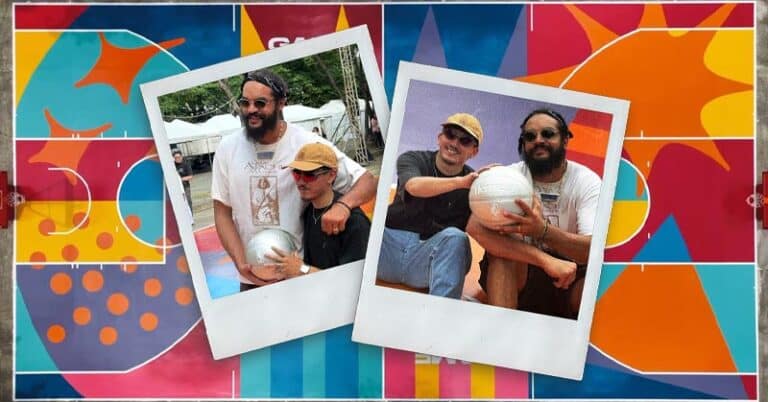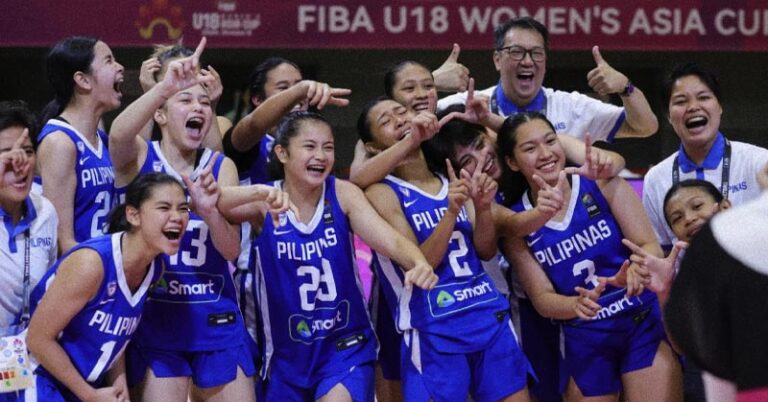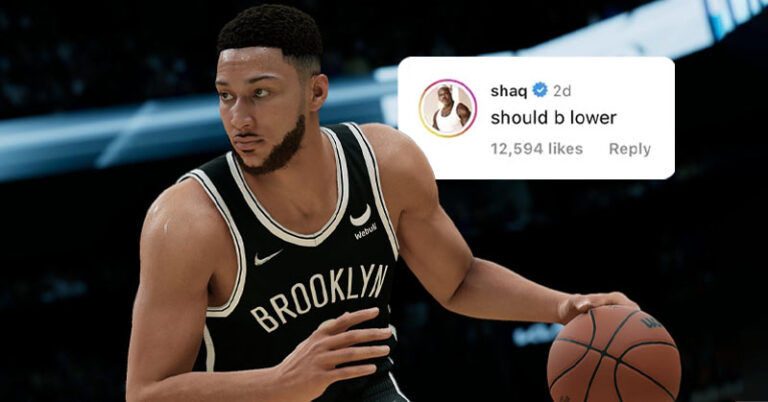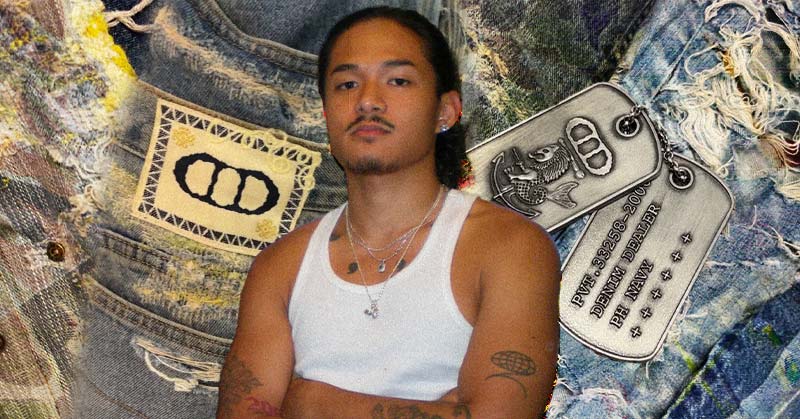The right footwear has always been essential in the game of basketball. Peep the 60’s to 70’s, the greats back then wore canvas-based sneakers made by Converse and Adidas as these were the comfiest kicks to play in at that time. As time went on and technology progressed, it was inevitable that basketball shoes would evolve into being more suitable for the hard cuts and landings done on the hardwood.
Come the 80’s, enter Nike. There have been plenty of excerpts already on how the Oregon-based company took the top spot as the leading producer of basketball sneakers and has stayed there for decades up to this day. Their signing of Michael Jordan not only advanced the technologies used in basketball footwear, but also spearheaded the billion-dollar basketball sneaker industry that has become an integral part of the sport’s culture today.
With Jordan’s, Reebok’s, AND1’s, and other signature shoe lines in the 90’s becoming a big hit, the market eventually found its way to the Philippines. From the birth of the Filipino basketball sneaker culture to where it is in the 2020’s, Complex Philippines takes a deep dive into the signature basketball shoes that have made a long-lasting impact on Filipino culture.
The Rise

via Complex
The true inception of a performance basketball sneaker culture in the country can be dated to around the late 2000’s to the early 2010’s. It was around this time that Nike Basketball went berserk and released a run of sneakers from their signature athletes’ lines that is argued to not have ever been replicated. Kobe’s 4 to 9, Lebron’s 8 to 11, and KD’s 4 to 7 could be seen on any Filipino hooper’s feet whether it was on-court or even off-court as a casual statement piece.
“Performance basketball sneakers were a hit for off-court wear, which is unheard of nowadays. It was so “cool” if you wore LeBron South Beach 8’s, LeBron 8 Miami Nights Low’s, KD4 Aunt Pearl’s, or any pair of Kobe 6’s with jeans or shorts in the mall or even in the club,” shared “Sole Slam” founder Antonio Aguirre. He even reminisced on the Nike Elite and Stance socks that were immensely popular during this era, expressing, “It’s crazy to think that we used to spend [around] 1,700 to 2,500 pesos for a pair of crew socks. I remember my brand, Sole Slam, having the first Philippine collab with Stance Socks where we did a limited run and sold them out at one of our sneaker events in less than 30 minutes. And, those socks cost Php 2,000!”
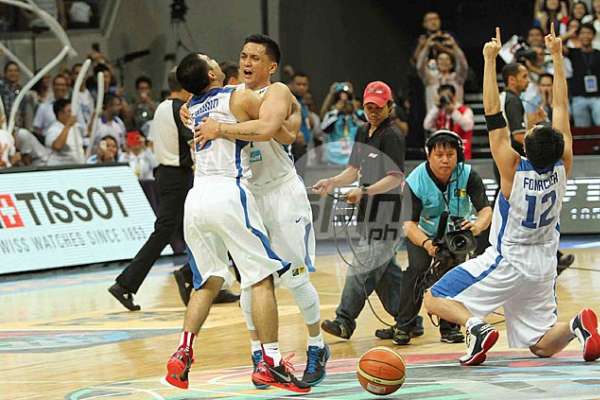

via Spin.ph (Left) and The Lasallian (Right)
Sneaker technology was steadily taking form during these years as Nike’s Lunarlon foam was raved on by both Aguirre and content creator Kyle Jimenez—with the latter detailing, “Hyperdunks were the most popular shoe back then because of Lunarlon, which brought lightweight comfort.” Filipinos loved the Nike Hyperdunk line so much (shoutout to the infamous Kobe jump over an Aston Martin video) that several UAAP and PBA players could be seen rocking the 2008 to 2013 iterations.
Jordan Brand also started to come to its own during this time, as the 28’s and 29’s are remarked by many popular performance reviewers such as KickGenius and Nightwing2303 as the greatest on-court performers ever because of its “unlocked Zoom” setup. But, it was Chris Paul’s (CP3) and Carmelo Anthony’s (Melo) signature lines that captivated Filipino hoopers who sought for budget Jordan Brand sneakers.
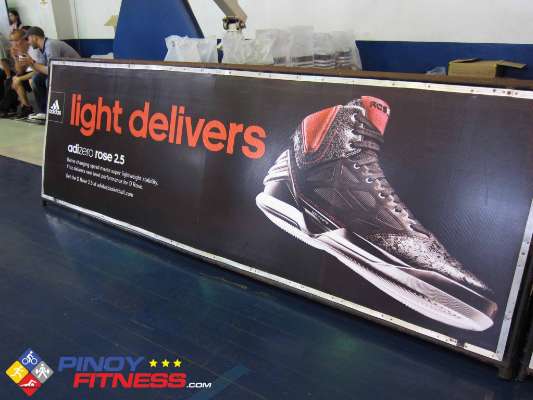
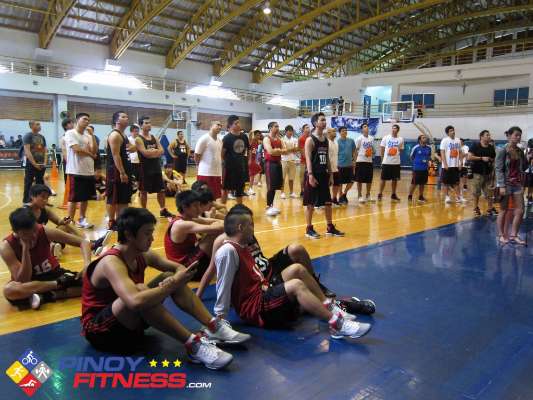
via pinoyfitness.com
While Nike and Jordan were untouchable during these years, Adidas basketball held its own in both the Filipino and global market with Derrick Rose, the youngest NBA MVP ever. His “D Rose” line coupled with the brand’s “Crazy Light” series were the choice of footwear by guards as those were made to adapt to a player’s explosive and shifty play.
Truly, the sneakers produced in the late 2000’s to early 2010’s ignited a cultural imprint on Filipino basketball—bridging the gap between performance and fashion.
The Fall
The mid to late-2010’s saw the industry’s leading brands go in different directions. Nike and Jordan continued to produce annual iterations of their signature athletes’ lines; even with Kobe’s 2016 retirement, the brand would move his line to the “A.D.” series which was still favored by Filipinos. As Jimenez puts it, “Brands were still exploring that time of what kind of aesthetic will grow on the market. People just had high expectations because the [previously] released sneakers were hyped enough.”
Two brands took advantage of the opportunity to be on top of the market, one of which was Adidas with their “Boost” technology. “Adidas didn’t have a foothold in the basketball landscape for on/off court fashion, but because of Boost technology taking the footwear scene by storm, the interest with Nike Basketball’s performance sneakers wandered off suddenly,” as explained by Aguirre. Adidas started to shift the narrative on their basketball shoes with the debut of James Harden’s signature line as well as the “Crazy Explosive” series, which had many hoopers appealing to the brand since Boost is deemed to be one of the softest cushioning setups of all time.
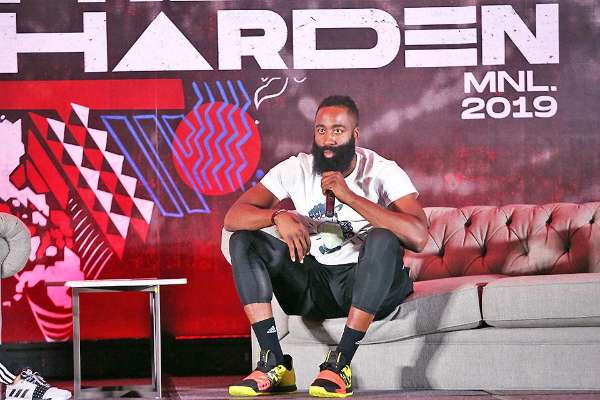

via GMA News Online (Left) and Rappler (Right)
The other brand was the emerging Under Armour, as their flagship athlete in Steph Curry—who was red hot during this period—had his revolutionary play pave the way for the popularity of his signature shoes. Jimenez’ personal favorite during this era was the Curry 1 as he stated, “The play style he gave the league, he became in control of what people were seeking for the longest time.”
Nike retaliated significantly, however, with the signing of Kyrie Irving and Paul George. At the time, their signature lines were two of the best selling lines due to their simplicity, functionality, and overall affordability. A country full of quicker and smaller guards, Kyrie’s and PG’s became a staple in the Philippines.
Simply put, there were gems that came from this era for Filipino hoopers. None of them, though, had much of a chokehold in the culture as their predecessors.
The Rebirth
With the COVID-19 pandemic taking over the start of the 2020’s, basketball was halted everywhere in the world. This caused Filipino hoopers to store their sneakers throughout the quarantine restrictions. It was only by early 2022, around two years in the pandemic, when physical contact was allowed again in playing basketball. By then, however, a lot of Filipinos saw their kicks become unplayable due to the long period of non-use.
Instagram: @complexphilippines
This sparked a basketball performance shoe wave again, as said by Aguirre. Nike started to “Protro”, which is to give a modern upgrade on previous sneakers, its famous basketball shoe lines such as the aforementioned Kobe’s, KD’s, and Lebron’s—where Kobe’s are uber expensive nowadays evidently seen with their three releases from April 13th. The company has also launched the “Greater Than” series with the G.T. Cut’s, Jump’s, and Hustle’s that have replaced their previous “Hyper” lines.
Adidas has also sparked a re-interest with Filipinos, as seen on a new design code for Harden’s, Liliard’s, Mitchell’s, and Young’s signature lines. Not to mention, Anthony Edwards’ debut shoe is a massive success—with every colorway release garnering a lot of hype.
Instagram: @complexphilippines
Both Aguirre and Jimenez, though, agree that the rise of Chinese brands such as Anta, Li-Ning, 361, and Rigorer are tremendously great for the culture—as the former shares, “Now we have more options to choose from. They offer bang for buck quality, are meant to be worn outdoors and indoors, and their designs have vastly improved over the previous years.” The sneakers that these brands have recently been putting out are exactly what Asian hoopers look for, including Filipinos.
Have we also mentioned that PBA stars Scottie Thompson and Terrence Romeo got their own signature lines with World Balance and Peak, respectively? Nowadays, there are so many basketball sneakers to choose from and any player can easily shift brands to seek for their satisfaction on performance. Up-and-coming brand SPO has even banked on this, allowing consumers to customize their products to cater to their specific needs.
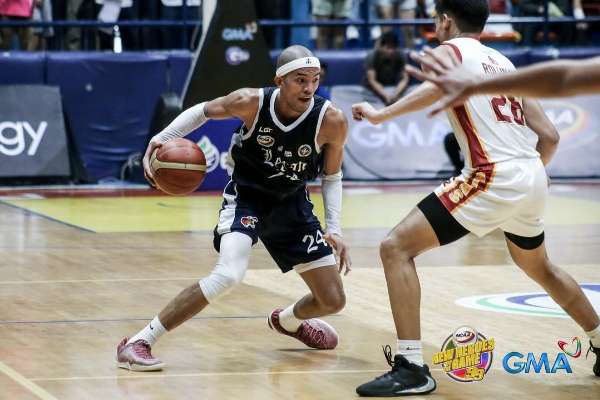

via GMA Sports (Left) and PBA (Right)
When asking Aguirre for any thoughts on how the industry can continue to rise, he denotes, “There’s none.” “It’s always a cycle, shoes are going to be shoes. But if we’re talking primarily about basketball performance shoes, it will always be a hit for us Filipinos due to our love of the sport,” he adds. With over 30 NBA signature athletes currently having their own signature line, as well as WNBA players like Sabrina Ionescu (Nike) and Breanna Stewart (Puma) joining the fray, every Filipino hooper can have endless options for their rotation—whether affordable or expensive.
Safe to say, the basketball sneaker industry is in a lot of good hands moving forward.

